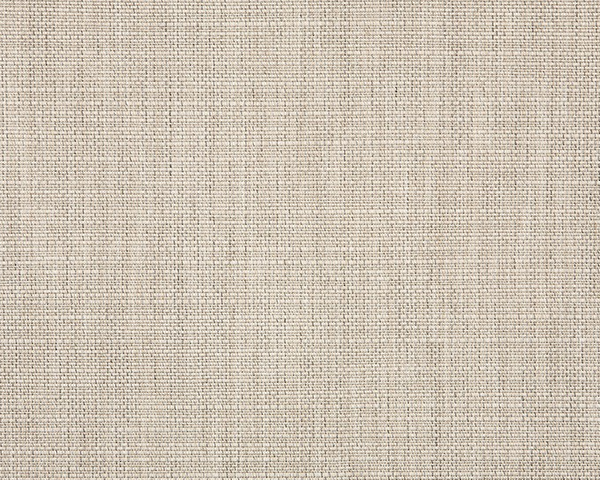

Radioactive borate waste was solidified using metakaolin activated with KOH. Sr leaching was greater in acidic conditions than in deionized water. Sodium-based geopolymers had a better selectivity for Cs at a molar ratio Cs/Al = 0.3 and Na/Al ratio range from 0.7 to 1.3.

The FA-based geopolymer showed an excellent immobilization of Cs and Sr, while slag-blended geopolymers and OPC were less suitable.
Echo solar ash Activator#
In this case, the selection of a precursor material and appropriate activator has a key impact due to immobilization occurring via ion exchange, physical adsorption, and encapsulation by the gel matrix. A number of studies investigating geopolymer barriers focus on their behavior in the context of radioactive element leaching (e.g., cesium (Cs), strontium (Sr)).

If required, heavy concrete (approximately 1.5 times heavier and denser than OPC, with density 2900–6000 kg m −3) is used for wall and roof barriers however, interest in the production of the geopolymer barriers that absorb radiation more efficiently than concrete has gradually increased. Different types of harmful radiation, i.e., neutron, X-ray, and gamma-ray can penetrate the conventional cement walls and roofs and easily escape from accelerators, hospitals, and nuclear power plants.

Much research has been performed to assess geopolymer materials as a matrix for immobilization, storage, and disposal of radionuclides or as barriers against radiation. Common alkali activators are sodium hydroxide (NaOH), potassium hydroxide (KOH), or their combination, used together with sodium silicate (Na 2SiO 3) or potassium silicate (K 2SiO 3). To obtain alumina and silica precursors, FA should be mixed with an alkali solution. High strength geopolymers are produced based on a class F FA. FA usually comprises fine particles and a high amount of amorphous silica and alumina therefore, it is used as a raw material to produce geopolymers. FA has a chemical composition that is difficult to control, and the quality of FA depends on the type of coal and efficiency of the power plant. During this process, some parts of coal cannot be ignited or burned thus, FA includes combustible material. When pulverized coal is combusted in a wet-bottom (or slag-tap) furnace, 50% of the ash is retained in the furnace, with the other 50% being entrained in the flue gas. When pulverized coal is combusted in a dry-bottom boiler, about 80% of the ash leaves the furnace as FA in the flue gas. FA is produced from the burning of pulverized coal in a coal-fired boiler and is usually collected from the flue gas by electrostatic precipitators or mechanical collection devices such as cyclones. FA is an industrial solid waste released from coal-fired power plants. In the light of these results, the lightweight GPBMs can be excellent materials for the construction sector dedicated to immobilization, storage, and disposal for radionuclides or barriers against radiation however, multiple steps of their production require careful optimization.ĭavidovits introduced the term “geopolymers” to assign a new class of aluminosilicate materials with a three-dimensional structure, and he developed alkali activated fly ash (FA)-based geopolymers. The mathematical model developed in this study proved FFA quantity, and thus GPBM mechanical properties, as key factors influencing RA. The highest RA was measured for GPBMs, provided alkali activator ratio (Na 2SiO 3/NaOH) was >2 and its concentration was 20%. 100 ☌) caused an increase in GPBM compressive strength the highest value was measured as 93.3 MPa. Small spherical particles and higher content of SiO 2 resulted in developed surface area and higher reactivity of Isken TPP FFA than Catalagzi TPP FFA. Different methods of production, ratios of FFA to alkali activator, and temperatures of curing were tested. We present eco-geopolymer building materials (GPBMs) based on the class F fly ashes (FFAs) from thermal power plants (TPPs) and their implementation as a barrier against radioactive radiation. Waste ashes and radiation are hazardous environmental and health factors thus, a lot of attention is paid to their reduction.


 0 kommentar(er)
0 kommentar(er)
